When most people think of Greenland, they picture a frozen wasteland at the edge of the world. But this Arctic giant holds secrets that would make even the most seasoned travelers do a double-take. From Viking deceptions to hidden tropical fossils, Greenland is far more complex and fascinating than its icy reputation suggests.
1. It’s Called “Greenland” Because of History’s Greatest Marketing Scam
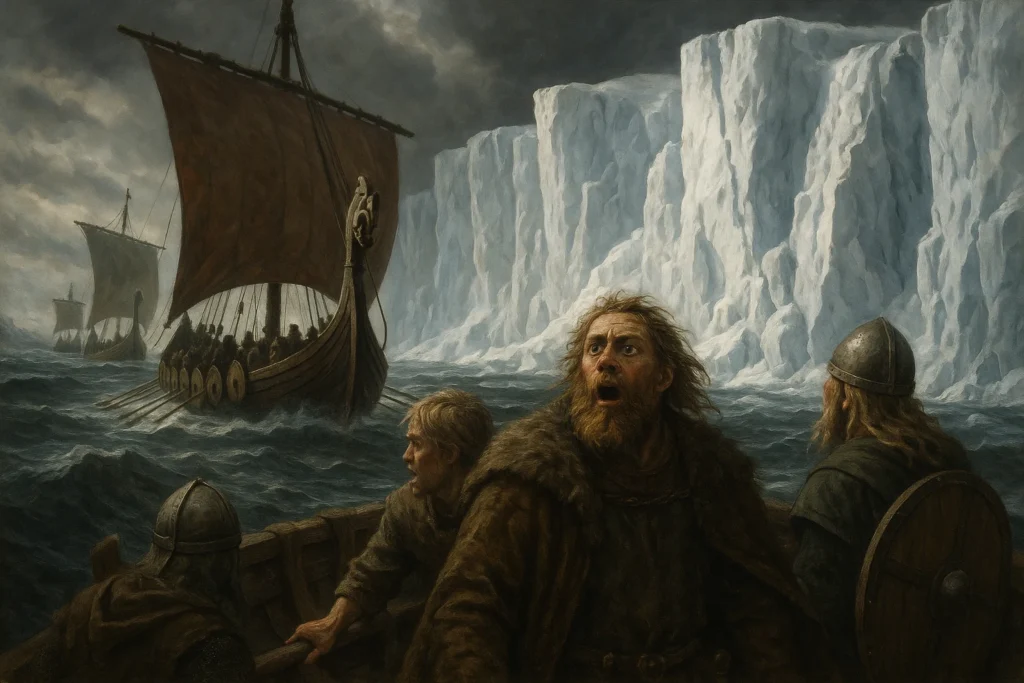
The name “Greenland” might be the world’s oldest case of false advertising. Around 982 AD, Erik the Red – yes, that’s his actual name – was exiled from Iceland after a series of violent disputes. When he discovered this massive ice-covered island, he deliberately named it “Greenland” to trick potential settlers into thinking it was a lush, fertile paradise. His marketing ploy worked, and hundreds of Norse settlers followed him to what they thought would be green pastures. Instead, they found themselves in one of the harshest environments on Earth.
2. Greenland Is So Huge It Could Swallow 14 Countries
Most world maps make Greenland look roughly the size of Africa, but that’s just map projection playing tricks on your eyes. In reality, Greenland spans an incredible 2.16 million square kilometers – that’s larger than Mexico, Iran, Libya, and Indonesia combined. To put this in perspective, you could fit the entire United Kingdom into Greenland 14 times over. If Greenland were a country, it would rank as the 12th largest in the world, yet it has a population smaller than most small cities.
3. There Are Palm Tree Fossils Buried Under All That Ice
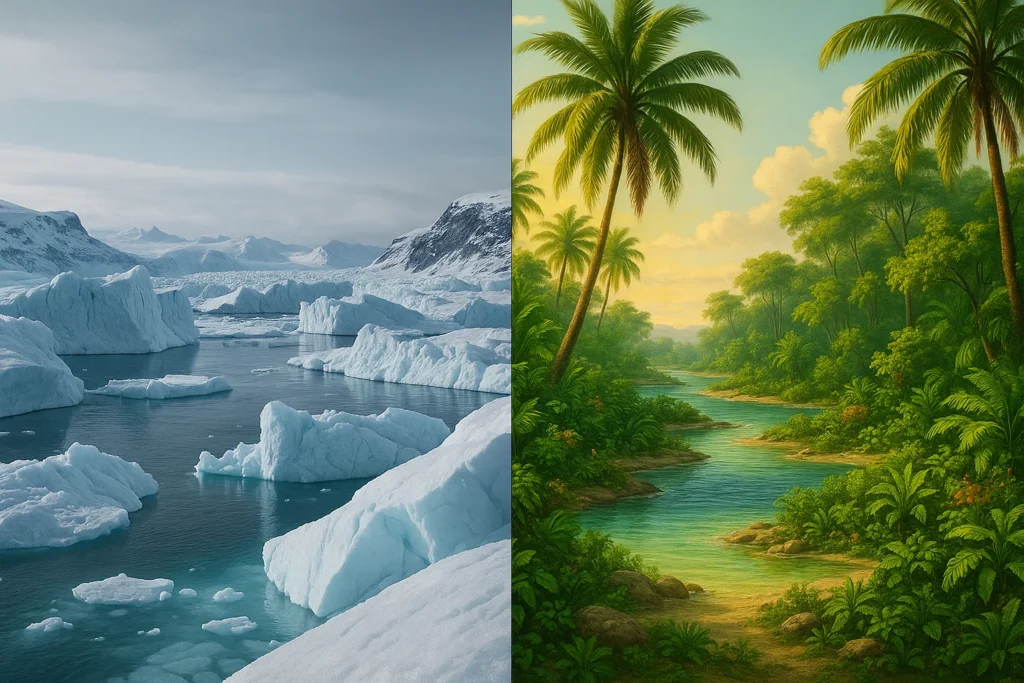
Here’s something that’ll make you rethink climate history: scientists have discovered fossilized palm fronds, magnolia flowers, and even walnut trees beneath Greenland’s ice sheet. These fossils prove that millions of years ago, Greenland was a tropical paradise with temperatures reaching 77°F (25°C). The discovery suggests that the entire island was once covered in lush forests teeming with life – a far cry from today’s frozen landscape.
4. The Ice Sheet Is So Heavy It’s Actually Pushing the Land Down
Greenland’s ice sheet contains enough frozen water to raise global sea levels by 23 feet if it melted completely. But here’s the mind-bending part: this massive ice sheet is so incredibly heavy – weighing roughly 2.85 million billion tons – that it’s actually pressing the bedrock underneath down by several hundred meters. Scientists call this “glacial isostatic adjustment,” and it means that if the ice melted, the land would literally bounce back up like a compressed sponge being released.
5. It Has a Secret Underground Military Base That’s Straight Out of a Thriller
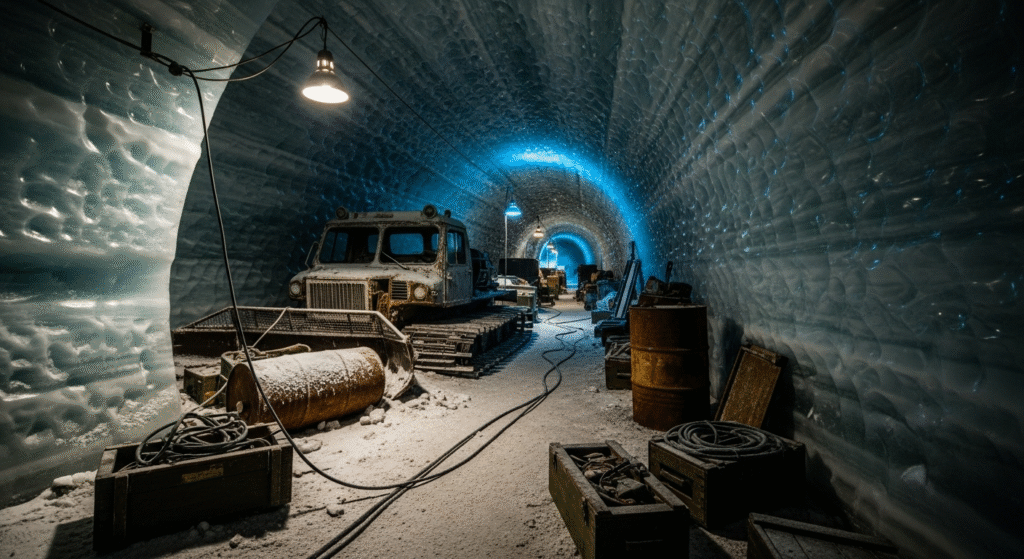
During the Cold War, the U.S. military built a top-secret research facility called Camp Century beneath Greenland’s ice sheet. Officially, it was a scientific research station, but declassified documents revealed it was actually cover for “Project Iceworm” – a plan to build a network of nuclear missile launch sites under the ice. The base was powered by a nuclear reactor and included tunnels stretching for miles. Though abandoned in 1967, the facility remains frozen in time beneath the ice, complete with all its radioactive materials.
6. The Population Is Smaller Than Most Football Stadiums
Despite being the world’s largest island, Greenland has a population of just 56,000 people – that’s fewer than the capacity of most major football stadiums. To put this in perspective, if every person in Greenland held hands, they’d form a human chain only about 35 miles long. The capital city, Nuuk, has just 18,000 residents, making it one of the world’s smallest capitals.
7. There Are No Roads Between Cities – Seriously, None
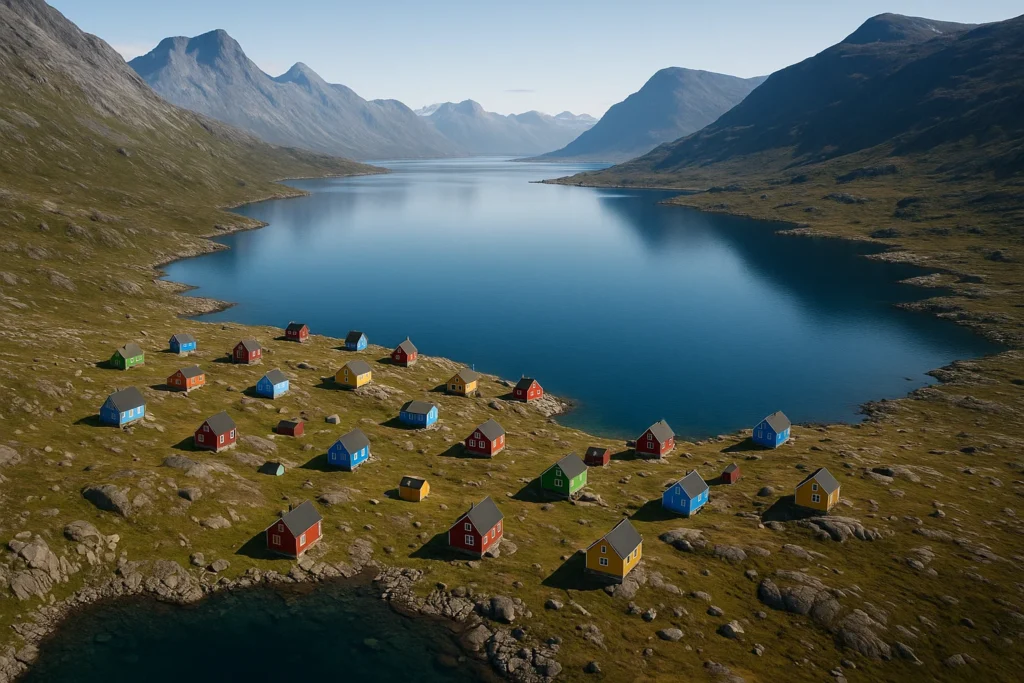
In most countries, you can drive from one city to another. Not in Greenland. The harsh terrain and climate make road construction between settlements virtually impossible. Instead, people travel between cities by helicopter, boat, or dogsled. The longest road in the entire country is just 60 miles long. This means that if you want to visit your neighbor in the next town over, you might need to charter a helicopter or wait for a boat – weather permitting.
8. It’s Home to the World’s Largest National Park
Northeast Greenland National Park covers 972,000 square kilometers – larger than most countries. It’s so remote that it has no permanent human inhabitants, just a handful of research stations and military outposts. The park is home to polar bears, Arctic foxes, walruses, and the world’s northernmost land. Getting there requires special permits and military-grade logistics, making it one of the most exclusive wilderness experiences on Earth.
9. The Midnight Sun Lasts for Months
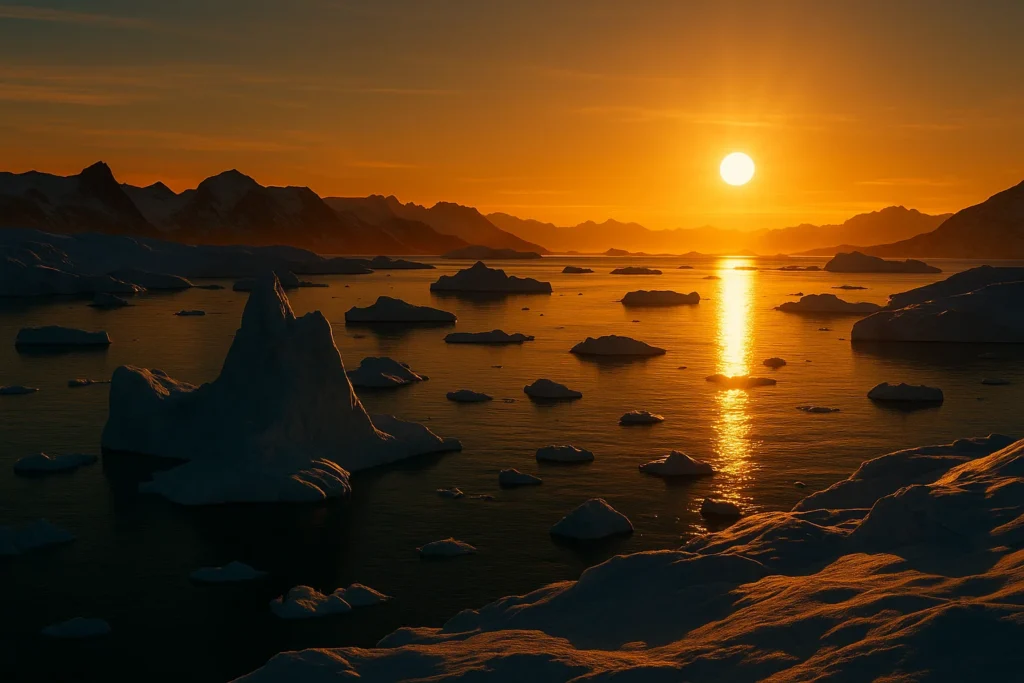
In northern Greenland, the sun doesn’t set for over four months straight during summer – from early May to late August. Conversely, during winter, these same areas experience polar night, where the sun doesn’t rise for months. This extreme light cycle affects everything from wildlife behavior to human psychology, creating a surreal environment where normal concepts of day and night become meaningless.
10. It’s Melting So Fast You Can Actually See It From Space
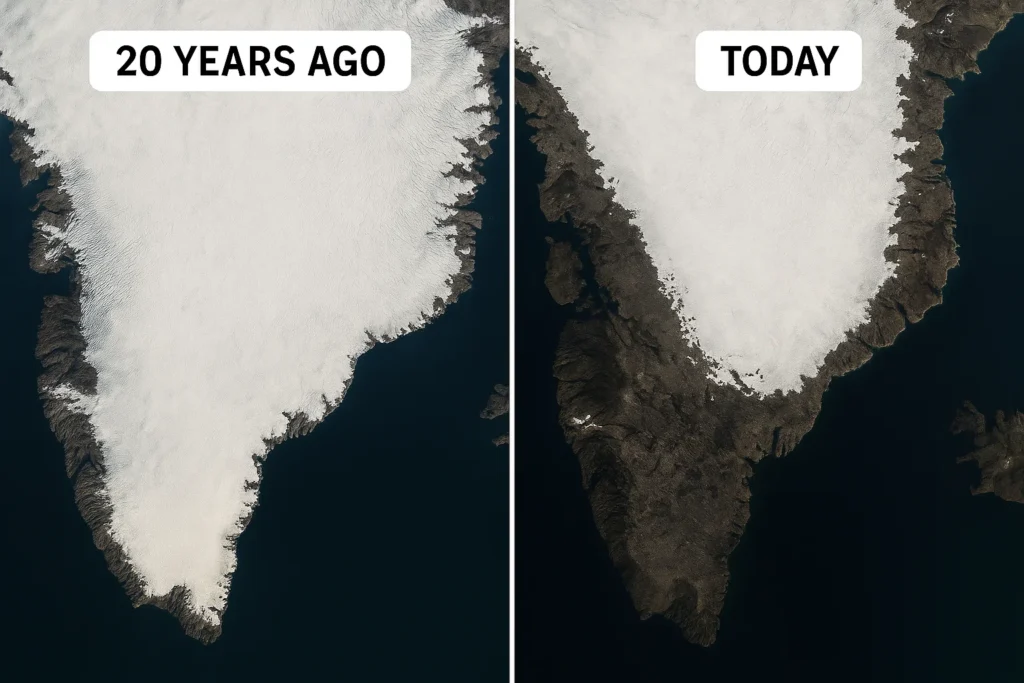
Perhaps the most sobering fact about Greenland is how rapidly it’s changing. Satellite images show that Greenland loses approximately 280 billion tons of ice every year – that’s equivalent to 112 million Olympic-sized swimming pools of water flowing into the ocean annually. The ice is melting so quickly that the rate of loss has tripled since the 1990s, making it one of the most visible signs of climate change on Earth.






Leave a Comment